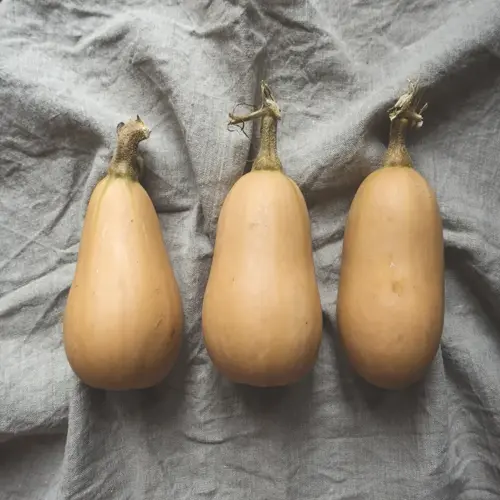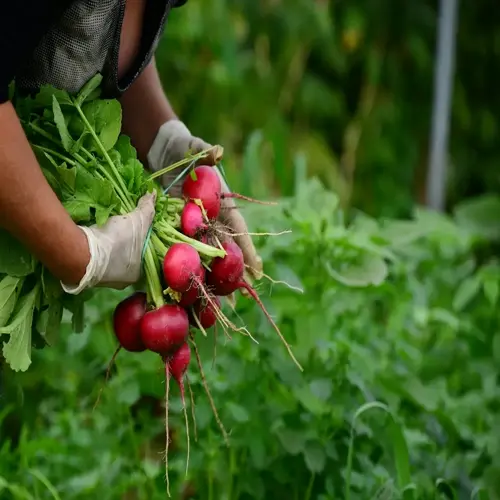How often should I water beans?

Written by
Julia Anderson
Reviewed by
Prof. Charles Hartman, Ph.D.The right watering practices have a direct influence on the health of bean plants and pod production. Water needs change significantly throughout development. Under-watering stresses the plant and reduces yields, while over-watering can lead to root rot. Consistent moisture levels can prevent blossom drop and pod deformation during critical growth stages.
Seedling Stage
- Frequency: Light daily watering keeping topsoil moist
- Depth: Saturate first 2 inches without pooling
- Method: Use fine mist spray to avoid displacing seeds
- Signs: Wilting indicates immediate water need
Vegetative Growth
- Amount: 1 inch weekly including rainfall
- Technique: Deep soaking to 6-inch root depth
- Timing: Early morning to reduce evaporation
- Adjustment: Increase during heat waves
Flowering Phase
- Increase: 1.5 inches weekly minimum
- Consistency: Maintain even moisture to prevent blossom drop
- Monitoring: Check soil dryness at noon daily
- Container: Water twice daily in hot weather
Pod Formation
- Peak Need: 2 inches weekly for plump beans
- Drought Impact: Causes stringy fibrous pods
- Mulching: Essential for moisture retention
- Reduction: Decrease water 7 days before harvest
Use efficient watering techniques to conserve resources. For even delivery, I have drip irrigation with timers. Soaker hoses help prevent wet leaves and reduce plant disease by providing targeted watering. Water early when it is coolest. Mulch with straw to reduce evaporation loss as much as 40%. Group beans with similar water needs based on your garden plan.
Identify stress signals immediately. Leaves that curl indicate dehydration, which requires watering the plant now. Yellowing leaves indicate overwatering and that you should improve drainage. Check the soil's moisture level before watering by inserting your finger into the soil to gauge its moisture content. Adjust to environmental conditions during heatwaves or rainy periods.
Regional conditions require adaptations. Arid climates require 30% more watering. Humid areas need to be drained carefully to avoid root rot. Coastal gardens benefit from windbreaks limiting evaporation. It is advisable to know local evapotranspiration rates for accurate watering.
Read the full article: When to Plant Beans: Ultimate Growing Guide

